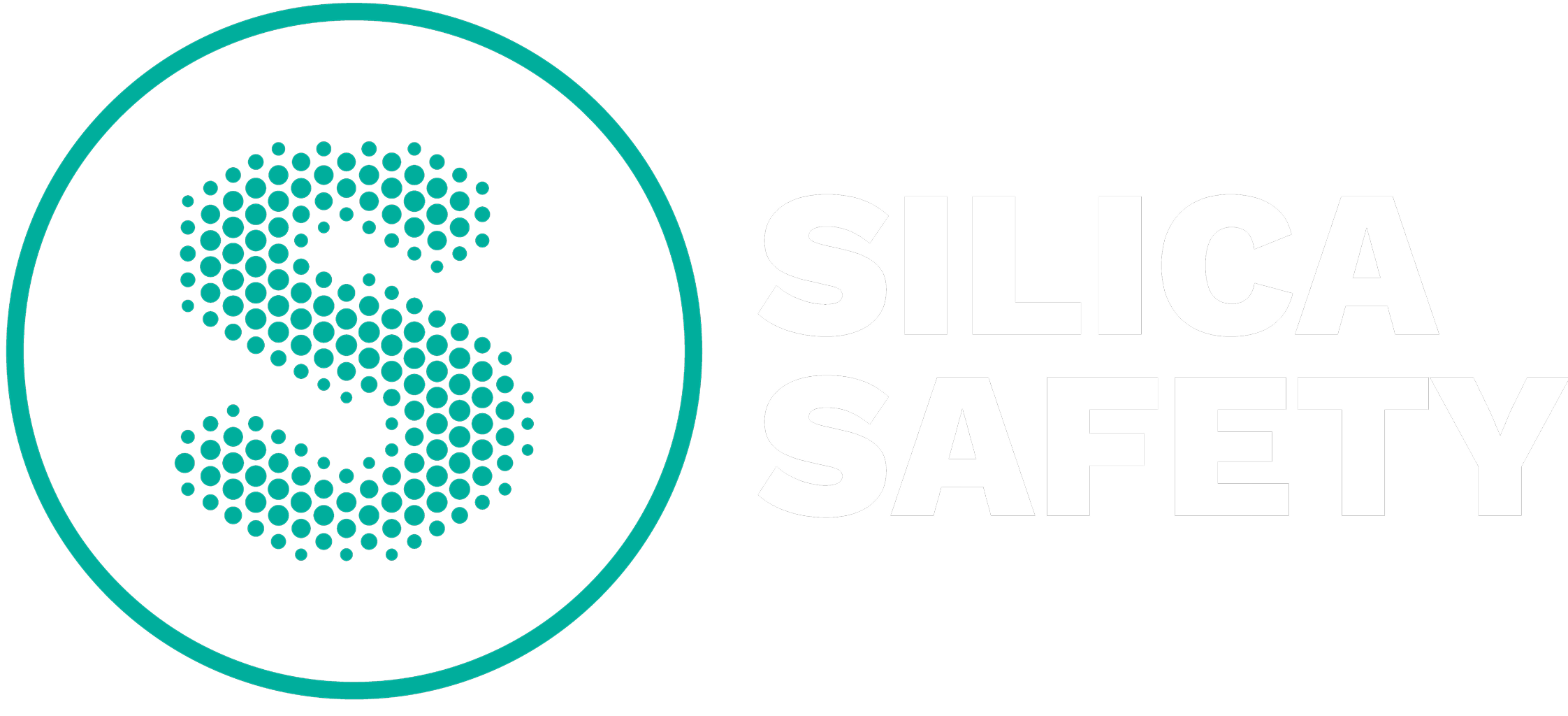Understanding silica
Silica is a naturally occurring mineral found in most rocks and soils. There are non-crystalline and crystalline forms of silica. Silica dust can be dangerous if inhaled.
Working with silica
Work health and safety laws have specific requirements for working with crystalline silica materials to control the risk of being exposed to silica dust.
Practical guidance for …
A range of guidance materials are available, including resources developed by governments and other organisations, on how to control the risks associated with silica in various industries.




